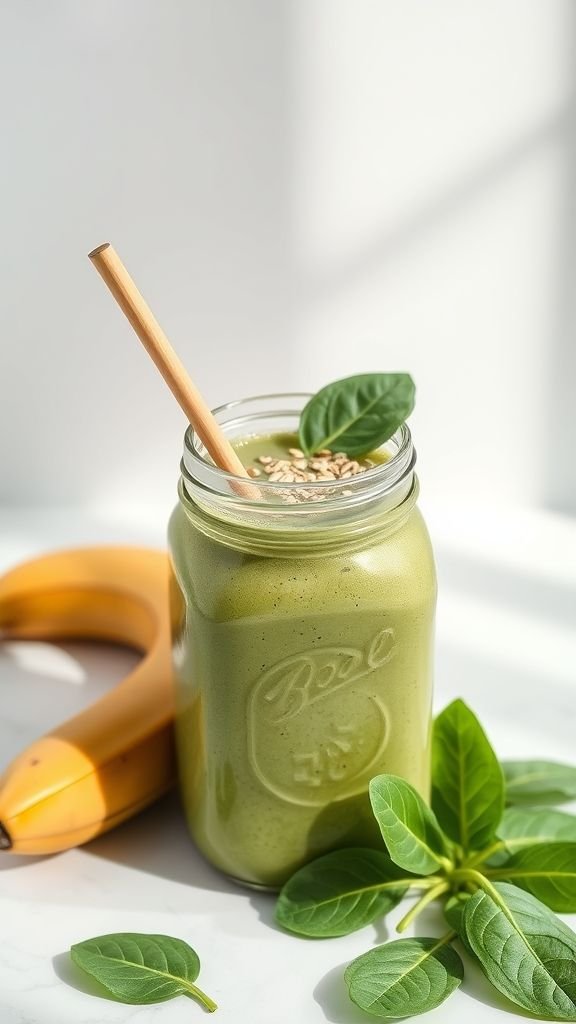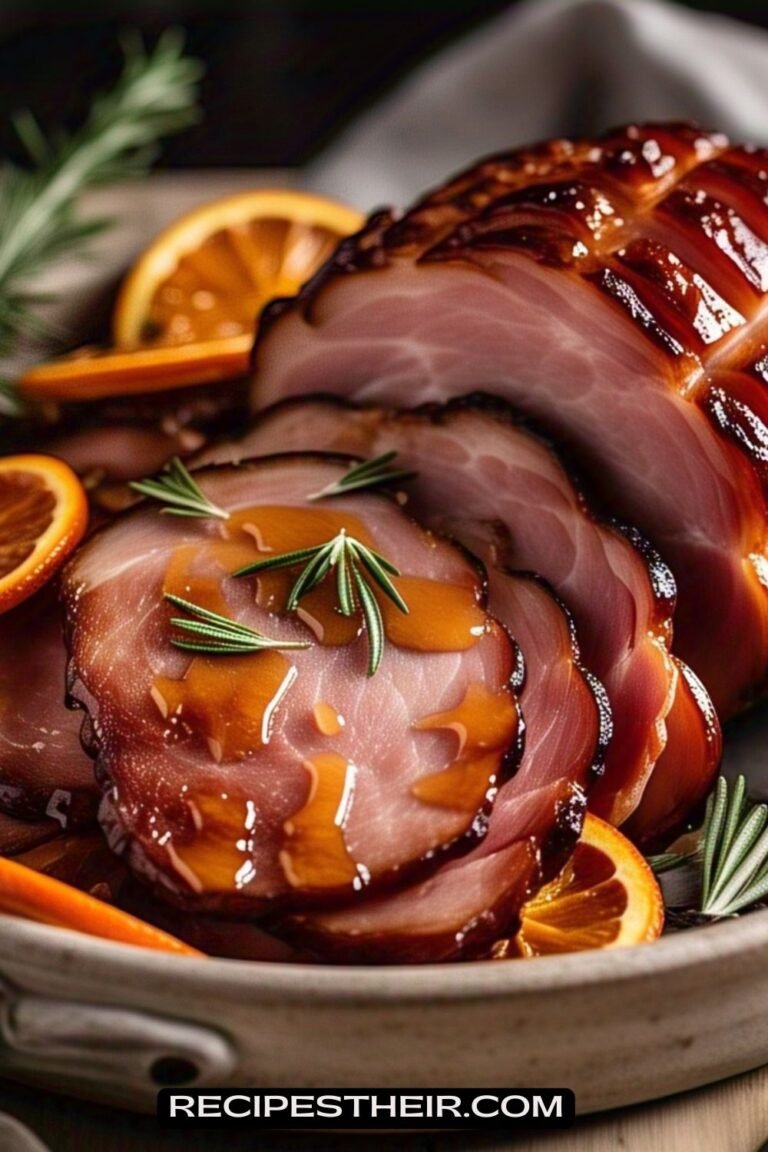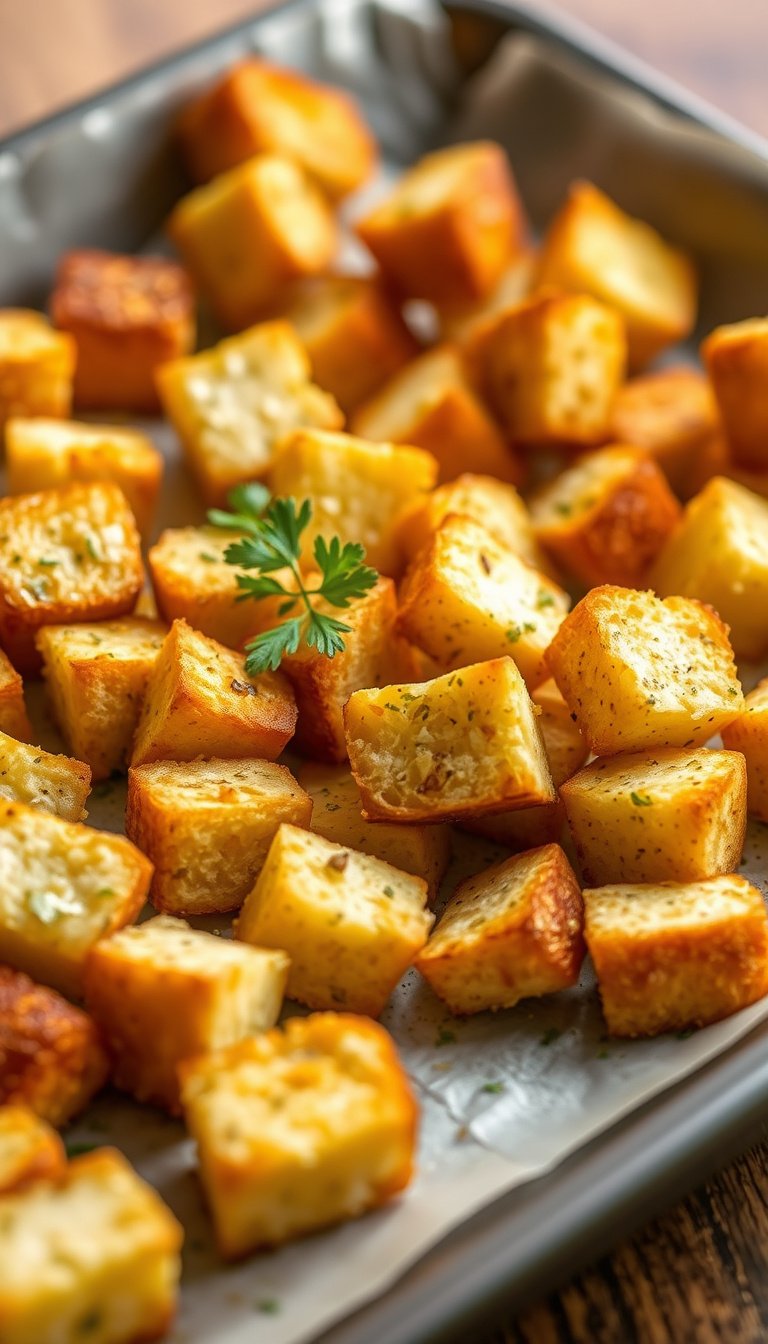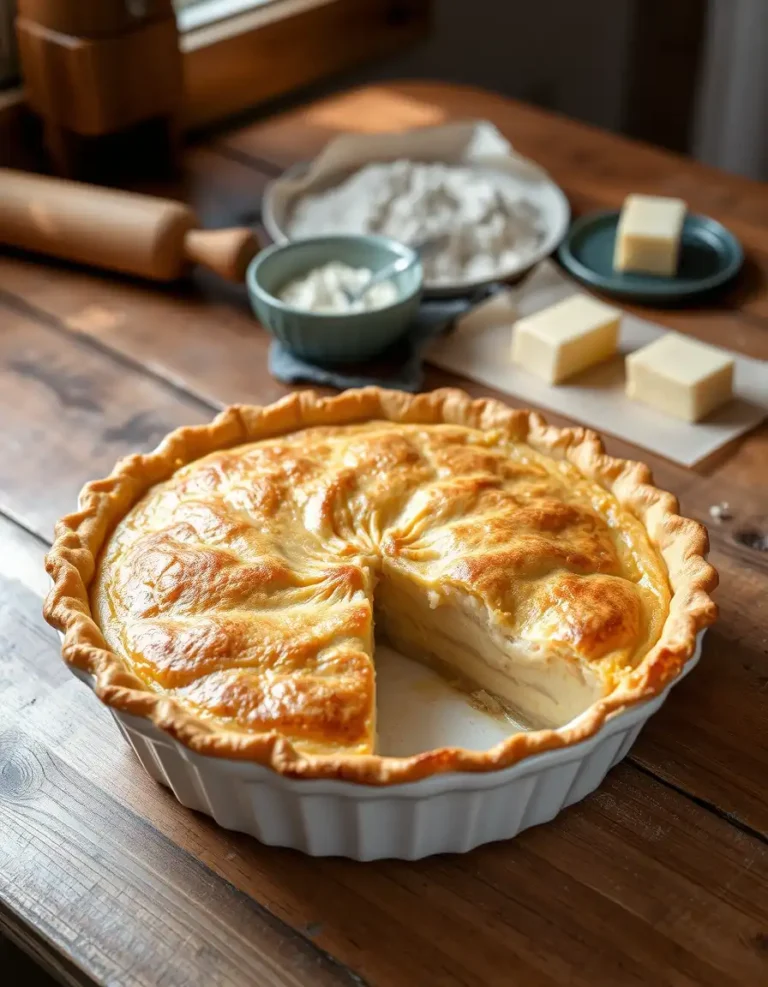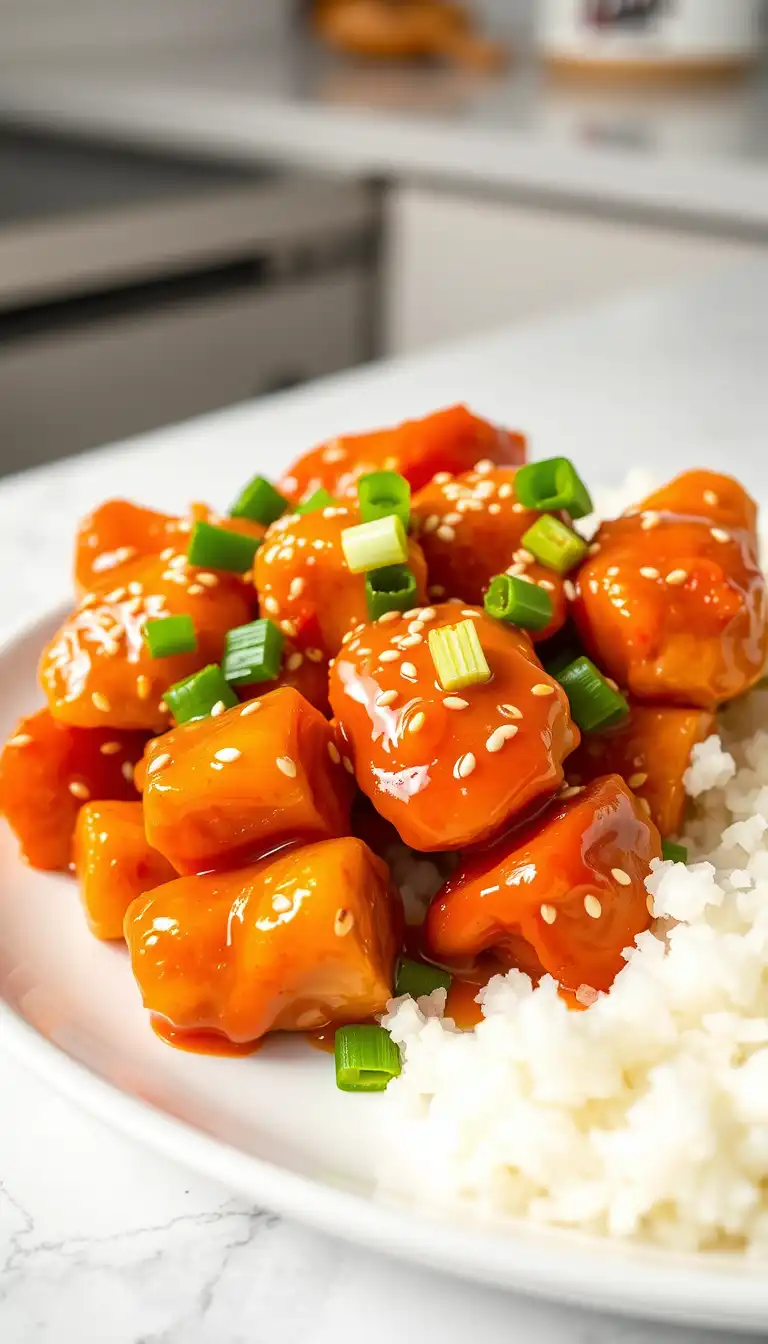Palacsinta Hungarian Pancakes – A Taste of Hungary’s Sweet Tradition
If you’ve ever wandered through the cozy streets of Budapest or enjoyed a meal at a Hungarian grandmother’s kitchen, you’ve probably heard of Palacsinta—the beloved Hungarian pancakes that capture the heart of Central European comfort food. These delicate, thin pancakes are a staple of Hungarian cuisine, offering a delicious balance between simplicity and indulgence.
Whether filled with apricot jam, sweet cottage cheese, or even savory meats and vegetables, Palacsinta (Hungarian pancakes) are a versatile treat perfect for breakfast, dessert, or even dinner.
In this guide, we’ll dive deep into the origins, variations, and the step-by-step process of making authentic Palacsinta at home. Let’s uncover what makes these Hungarian pancakes so special—and how you can recreate their magic in your own kitchen.
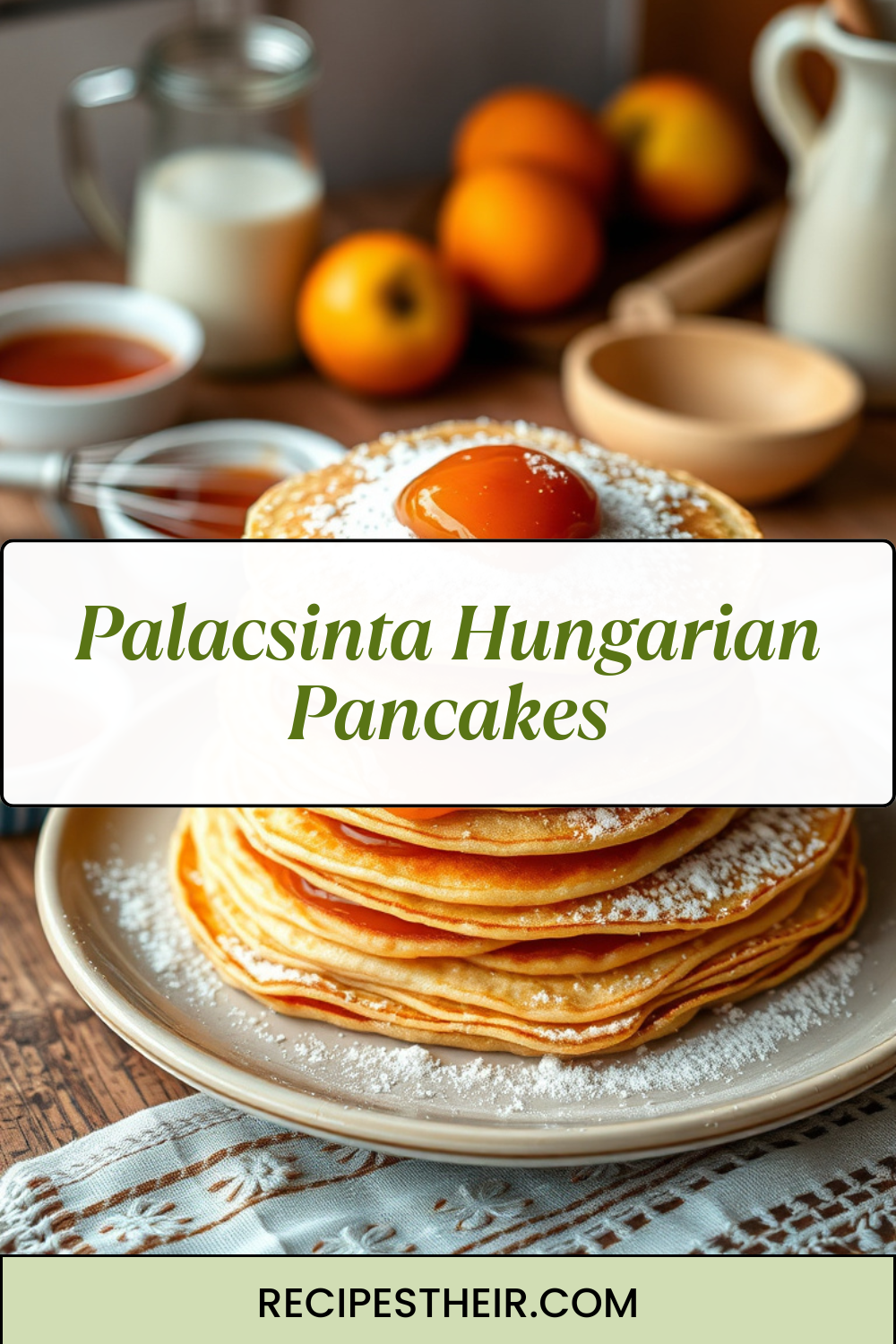
What Is Palacsinta?
Palacsinta (pronounced pah-lah-cheen-tah) is Hungary’s version of the crepe—thin, soft pancakes that can be filled or rolled with sweet or savory fillings. Unlike the thick, fluffy American pancakes, Palacsinta are light, tender, and slightly elastic, allowing them to be folded or rolled without breaking.
They’re typically cooked in butter or oil until golden brown and enjoyed warm. While they closely resemble French crepes or Austrian Palatschinken, Hungarian Palacsinta have their own unique charm thanks to the subtle flavor of vanilla, lemon zest, or sparkling water often added to the batter.
The History Behind Hungarian Palacsinta
The roots of Palacsinta stretch back centuries. Influenced by both Austrian and Turkish cuisines, Palacsinta became a beloved staple across Hungary and surrounding regions like Romania, Slovakia, and Austria.
Historically, these pancakes were considered a humble food—easy to make with basic pantry ingredients like flour, eggs, and milk. Over time, Palacsinta evolved into a national favorite, gracing tables during festivals, family gatherings, and even Sunday brunches.
One of the most famous variations, the Gundel Palacsinta, was created by the renowned Gundel Restaurant in Budapest. Filled with walnuts, raisins, and rum, then drizzled with a rich chocolate sauce, it’s a true icon of Hungarian dessert cuisine.
Ingredients You’ll Need for Palacsinta Hungarian Pancakes
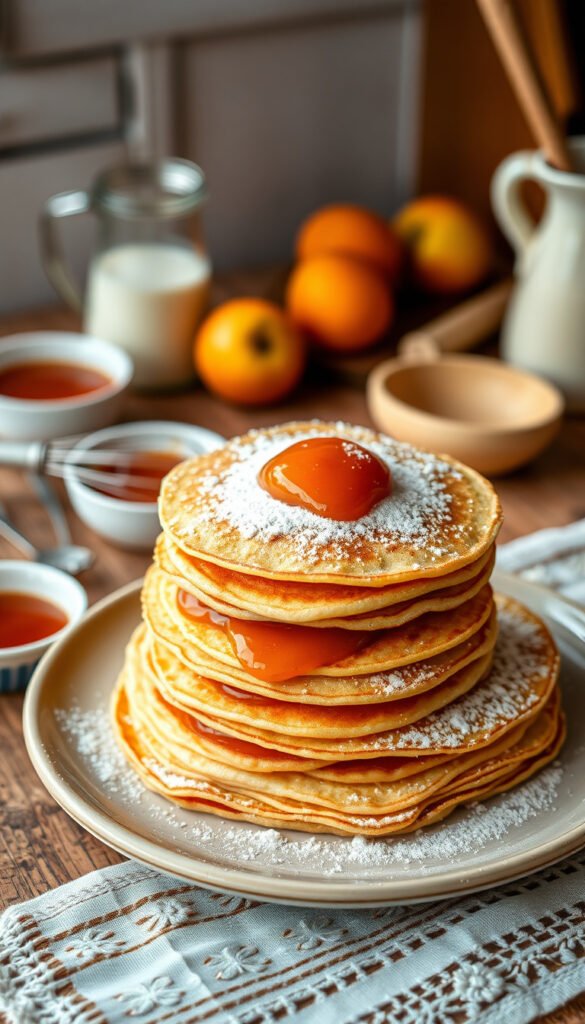
Making Palacsinta Hungarian pancakes requires simple ingredients you probably already have in your kitchen. The key is to achieve a smooth, lump-free batter and let it rest before cooking for the perfect texture.
For the Batter:
- 1 cup (125g) all-purpose flour
- 2 large eggs
- 1 ½ cups (360ml) milk
- 2 tablespoons melted butter (plus extra for cooking)
- 1 tablespoon sugar (optional, for sweet Palacsinta)
- A pinch of salt
- 1 teaspoon vanilla extract (optional)
- Zest of ½ lemon (optional, for aroma)
- Sparkling water (optional, for a lighter texture)
For Sweet Fillings (Choose Your Favorite):
- Apricot jam or plum jam
- Sweetened cottage cheese with vanilla and sugar
- Nutella or chocolate spread
- Ground walnuts mixed with sugar and a splash of milk
- Fresh fruits like strawberries, bananas, or blueberries
For Savory Fillings:
- Ham and cheese
- Spinach and ricotta
- Mushrooms and sour cream
- Chicken paprikash filling
How to Make Palacsinta Hungarian Pancakes
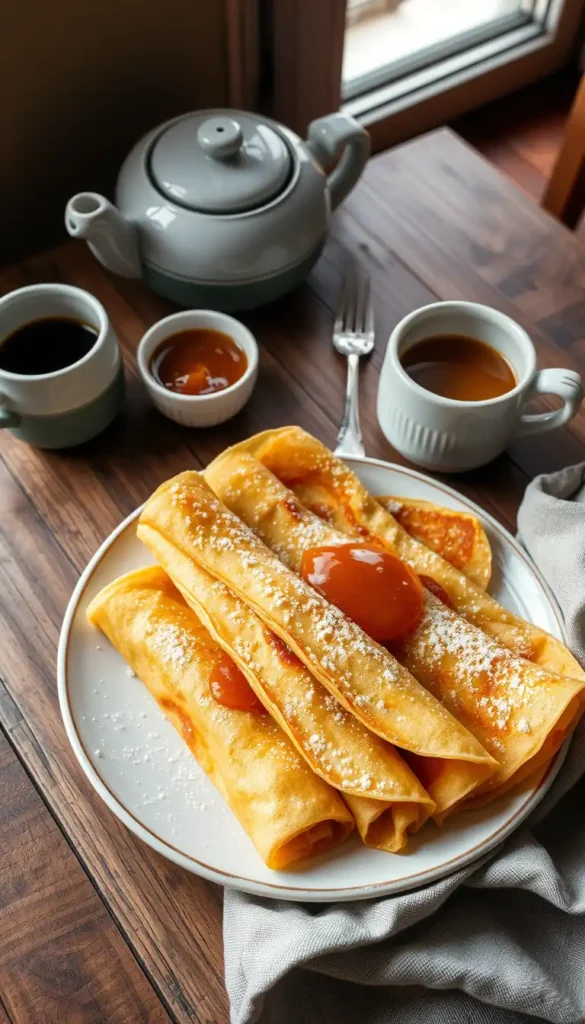
Step 1: Prepare the Batter
- In a large mixing bowl, whisk together the eggs, milk, and melted butter.
- Gradually sift in the flour and salt, whisking constantly to prevent lumps.
- For sweet Palacsinta, add the sugar, vanilla extract, and lemon zest.
- If desired, stir in a splash of sparkling water to create a light, airy texture.
- Cover the batter and let it rest for 20–30 minutes. This allows the gluten to relax and ensures tender pancakes.
Step 2: Cook the Pancakes
- Heat a non-stick skillet or crepe pan over medium heat and lightly brush it with butter.
- Pour about ¼ cup (60ml) of batter into the pan, swirling it quickly to cover the surface in a thin layer.
- Cook for about 1–2 minutes, until the edges start to lift and the bottom is golden brown.
- Flip carefully using a spatula and cook for another 30–45 seconds.
- Transfer the cooked Palacsinta to a plate and cover it with a towel to keep warm.
- Repeat until all the batter is used, brushing the pan lightly with butter as needed.
Step 3: Fill and Roll
Now for the fun part—filling your Palacsinta!
For sweet Palacsinta, spread your favorite jam or sweet filling evenly across the pancake. Roll it up or fold it into quarters. Dust with powdered sugar for a finishing touch.
For savory Palacsinta, add your filling while the pancake is still warm, then fold it like a burrito or roll it up. You can even bake savory versions in the oven with a creamy sauce or melted cheese on top for a more indulgent meal.
Tips for Perfect Palacsinta
- Rest the batter: This ensures smoother texture and elasticity.
- Thin batter = thin pancakes: If the batter feels too thick, add a bit more milk or sparkling water.
- Medium heat works best: Too high, and they’ll burn before cooking through.
- Butter or oil? Butter adds flavor, but a touch of oil prevents sticking for longer cooking sessions.
- Use a non-stick pan: A crepe pan or small skillet with low edges makes flipping easier.
Sweet Palacsinta Variations
1. Apricot Jam Palacsinta
A true Hungarian classic—thin pancakes spread with tangy apricot jam and rolled into cylinders. Sprinkle with powdered sugar for a nostalgic, comforting treat.
2. Cottage Cheese Palacsinta
Mix cottage cheese with a bit of sugar, vanilla, and lemon zest for a creamy, slightly tangy filling. Roll and bake for a warm dessert, or serve chilled for a refreshing option.
3. Nutella and Banana Palacsinta
A modern favorite—spread Nutella on your pancake, add banana slices, and roll. Perfect for breakfast or a quick dessert.
4. Gundel Palacsinta
This iconic Hungarian dessert pancake features a walnut-rum filling with raisins, drenched in chocolate sauce. A must-try for anyone exploring traditional Hungarian cuisine.
Savory Palacsinta Ideas
1. Ham and Cheese Palacsinta
Layer slices of ham and cheese, roll, and bake until the cheese melts. Great for brunch or lunch.
2. Mushroom and Sour Cream Palacsinta
Sauté mushrooms with onions, season with paprika, and mix with sour cream. Fill your Palacsinta and enjoy a hearty, earthy meal.
3. Spinach and Ricotta Palacsinta
A lighter vegetarian option—combine sautéed spinach, ricotta, and garlic for a filling that’s both nutritious and delicious.
What to Serve With Palacsinta
Palacsinta can be served on its own or with complementary sides depending on whether it’s sweet or savory:
- Sweet versions: Whipped cream, powdered sugar, fruit compote, or chocolate drizzle.
- Savory versions: Sour cream, tomato salad, or a small green side salad.
- Drinks: Coffee, hot chocolate, or a glass of dessert wine for sweet versions; mineral water or white wine for savory ones.
How to Store and Reheat Palacsinta
If you’ve made a big batch of Palacsinta Hungarian pancakes, you can easily store and reheat them later:
- Refrigerator: Stack cooled pancakes with parchment paper between them. Store in an airtight container for up to 3 days.
- Freezer: Wrap in plastic wrap and freeze for up to 2 months.
- Reheat: Warm in a pan over low heat or in the microwave for 20–30 seconds.
Why You’ll Love Palacsinta
There’s something timeless about Palacsinta. It’s more than just a pancake—it’s a piece of Hungarian culture, shared across generations. The delicate, golden pancakes filled with homemade jams or savory fillings embody everything comforting about homemade food.
Whether you’re serving them for breakfast, as a dessert, or during a cozy family dinner, Palacsinta Hungarian pancakes bring warmth, tradition, and sweetness to your table.
Frequently Asked Questions
1. Are Palacsinta the same as crepes?
They’re very similar, but Hungarian Palacsinta tend to be slightly thicker and often have a touch of lemon zest or vanilla flavor.
2. Can I make Palacsinta gluten-free?
Yes! Substitute all-purpose flour with a 1:1 gluten-free flour blend.
3. What is the best filling for Palacsinta?
Traditional fillings include apricot jam, sweet cottage cheese, or ground walnuts with sugar and milk.
4. Can I make Palacsinta ahead of time?
Absolutely. You can prepare them in advance, refrigerate, and reheat before serving.
5. Is Palacsinta served hot or cold?
They can be served either way! Sweet versions often taste best warm, while some savory ones can be enjoyed at room temperature.
Final Thoughts
Palacsinta Hungarian pancakes are the heart of Hungarian home cooking—simple, versatile, and irresistibly delicious. Whether you fill them with sweet jam or savory meats, they always bring a taste of comfort and nostalgia.
So, grab your skillet and a few basic ingredients, and start flipping! Once you master the art of making Palacsinta, you’ll have a recipe that fits any meal, mood, or occasion.
